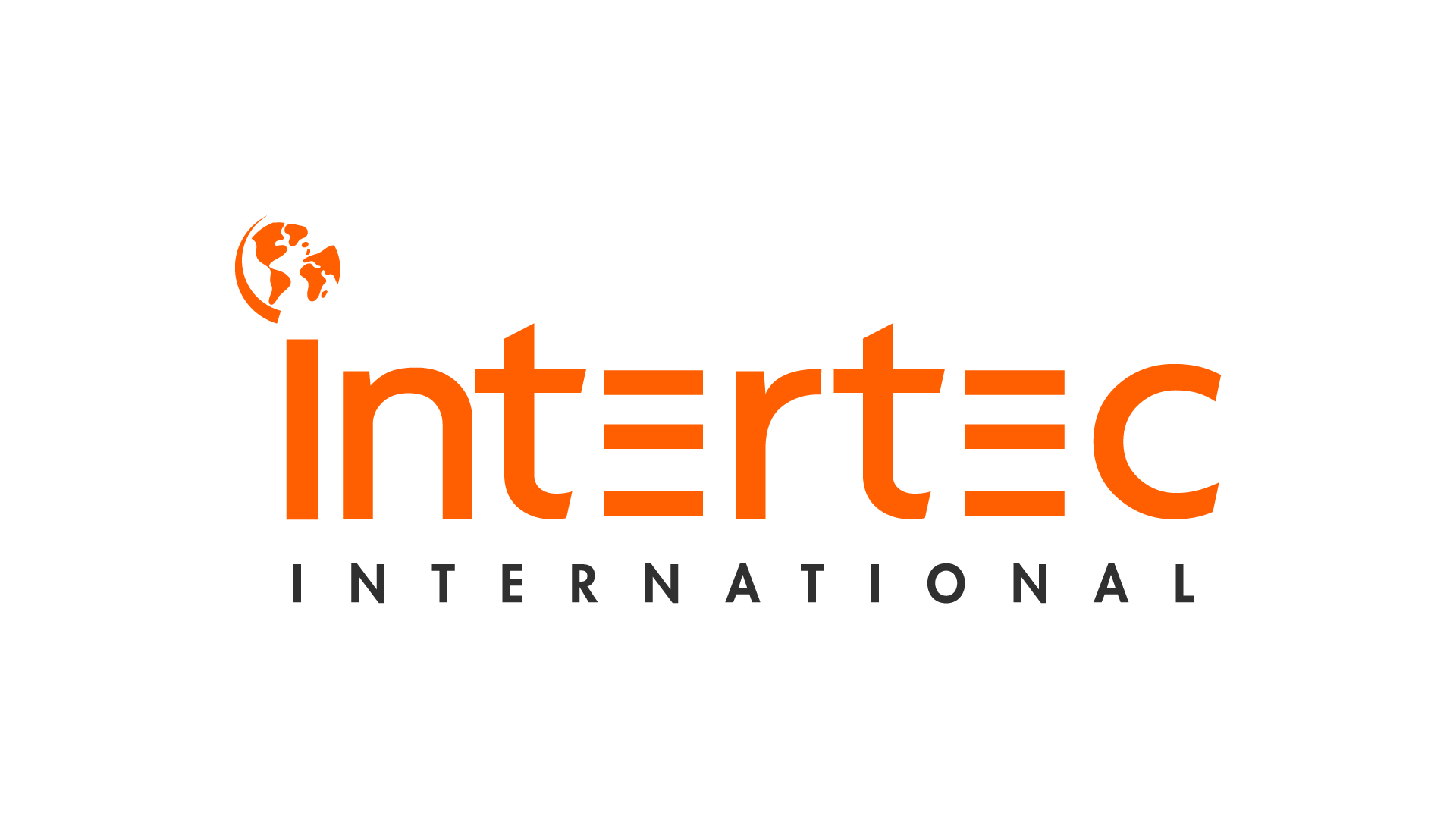Most businesses find the potential benefits of Agile—including increased efficiency, adaptability, and predictability across project lifecycles—to be an attractive proposition. But sometimes the principles that make those improvements possible seem less than feasible for large enterprises. Businesses may want to increase productivity through increased ownership under the Agile methodology, but it’s not always clear how to make that happen when you’ve already got firmly entrenched systems in place throughout a large and complex enterprise.
 If you’re in a situation like this, it’s possible that you’ve come across Scaled Agile Framework (SAFe) as a potential solution. Like many modern methodologies, though, it may have seemed daunting or complex at first glance—meaning that you’re stuck wondering, “Is SAFe a good option for injecting some Agile principles into a larger business? How do I know if this methodology is a good fit? How difficult is SAFe to implement on an enterprise level?”
If you’re in a situation like this, it’s possible that you’ve come across Scaled Agile Framework (SAFe) as a potential solution. Like many modern methodologies, though, it may have seemed daunting or complex at first glance—meaning that you’re stuck wondering, “Is SAFe a good option for injecting some Agile principles into a larger business? How do I know if this methodology is a good fit? How difficult is SAFe to implement on an enterprise level?”
Obviously, you’d want to have pretty clear answers to these questions before you made any big changes—which is exactly why we’re writing this post. Below, we’ll do our best to answer those questions and others, hopefully giving you the data you need to choose the right methodologies for your business.
What Is SAFe?
Before you can figure out if Scaled Agile Framework would help your business, you need a clear idea of what it actually is, and what it looks like in practice. Scaled Agile’s website offers this definition: “SAFe provides guidance for all the levels of the enterprise that are actively engaged in solution development: Team, Program, Large Solution, and Portfolio. The result is greater alignment and visibility across the organization, connecting the business strategy to execution, enabling better business results, faster, and with a higher degree of predictability and quality.”
Essentially, this means combining “systems thinking,” Agile software development, and Lean product development, such that you can extend general Agile practices and principles across an entire organization. Some critics complain that result often isn’t “true Agile,” and in a sense they’re right: because the framework is meant to work across so many functions, it requires more top-down leadership than you might expect; by the same token, companies need to synchronize frequently across domains, which means individual touchpoints can’t always take full ownership across the entire cycle. All that being said, the framework is still designed to decentralize decision-making and speed up incremental builds, with the aim of improving agility across the entire enterprise.
SAFe vs. LeSS (Large-Scale SCRUM)
Before we get into the benefits of this methodology, let’s take a second to clear up the difference between SAFe and another concept that’s often brought up alongside it: SCRUM and Large-Scale SCRUM (LeSS). While SCRUM as a technique can and does fit into larger Agile methodologies, SAFe and LeSS offer very different visions of how to scale up responsive processes. While SAFe mixes many of the techniques of Agile with slightly more leadership-driven organizational tactics, LeSS is basically turtles all the way down. The idea here is essentially the creation of a “team of teams,” in which representatives from each low-level SCRUM team meets with higher level teams in the same way, and then representatives from those higher-level teams meet as part of an even higher level SCRUM meeting. This has its own set of advantages, but it doesn't involve the seem kinds of formalized processes that SAFe does, which can be a downside.
The Benefits of Scaled Agile
Of course, these tactics are only as valuable as the benefits that they confer onto your operation. So, what kinds of benefits can SAFe have if implemented correctly?
- Improved time-to-market
- Increased employee engagement
- Increased productivity
- Quality improvements
According, again, to Scaled Agile’s website, these benefits can be quite significant, with some companies seeing time-to-market improvements of 30-70% and productivity increases of 25-75%. In this way, businesses are able to leverage their newfound speed and agility into competitive advantages of all kinds—whether that’s first mover advantages from improved speed to market or simply improved cost efficiency as a result of increased productivity across the board. Essentially, we see many of the benefits of smaller-scale Agile deployments multiplied across a much larger team.
Of course, SAFe is hardly the only methodology that promises those very same operational improvements. The difference here is that it’s building on a framework that's already proven popular across a wide spectrum of different businesses. On some level, it stands to reason that Agile practices have the power to improve key metrics across an organization if they can be scaled successfully—which is precisely what SAFe is designed to do.
Who Should Implement SAFe?
All of this brings us to the all important question: is SAFe right for your business? Of course, the answer is: “It depends.” If you’re a tiny, lean organization that only consists of a handful of developers and other personnel, something like SAFe probably provides more top-down oversight than you really need. Instead, you might be able to successfully implement something closer to pure Agile without incurring unnecessary risk.
On the other hand, if your business is too large for a conventional Agile deployment, SAFe should be strong contender. For enterprise businesses that consistently slip on new product releases, run into disruptions when trying to build iteratively on existing software projects, or who deal with higher than expected levels of employee churn and turnover, Agile strategies scaled to meet enterprise needs can present an effective remedy.
To get a little more specific, here are a few questions you could ask yourself to help figure out how suitable SAFe might be for your organization:
- How large are your existing teams, and how many teams are there? Are they too big or too numerous for traditional Agile deployments to be effective?
- What kinds of development projects are in your current portfolio? Could they benefit from a more iterative approach? Could the portfolio itself stand to be more Lean and focused?
- Do you need help mapping out and optimizing all facets of the development process? Are those processes too big and unwieldy to respond quickly to changing conditions?
- How well do your teams work together towards a common goal? Do different departments tend to work at cross purposes? Is everyone operating on a mutually workable timeline for new releases?
If the answers to these questions show a general level of inflexibility or a lack of cohesion to your portfolio, that may be a sign that SAFe would be an appropriate strategic initiative.
Best Practices for Scaled Agile Framework Implementation
Okay, let’s say you see Agile as an opportunity to improve your flexibility and speed up your time-to-market: how do you actually go about putting these sorts of practices into place? As it happens, there are a few basic steps that most companies take for implementation:
- Identify the need for implementation, and communicate that need to key stakeholders within your business.
- Identify change agents—these can be personnel within your company whom you train on Agile and SAFe methodologies, or they can be outside consultants who provide you with clear guidance and expertise on changing the way that you development, iterate, and market your products. As you go through the remaining steps, you’ll have to continue training the folks in your organization on the methodologies being used.
- Leverage these change agents into a centralized authority within your company on all things Agile-Lean. Some organizations refer to this as a center of excellence, but whatever you call it just make sure to provide everyone up and down the value chain with the tools that they need to succeed.
- Identify agile release trains (ARTs), i.e. plan out the actual path that each new product or offering will take from one Agile-powered touchpoint to the next until it reaches the customer.
- Create a roadmap that aligns your ARTs with operational goals and sorts people and processes into discrete Agile teams. This will give you the chance to set deadlines and establish the appropriate parameters going forward.
- Begin executing ARTs. This is where you finally put theory into practice across your entire operation. According to com, this can involve a few different things: “Iteration planning, backlog refinement, daily standups, iteration reviews and system demos, iteration retrospectives, SCRUM-of-SCRUMs, PO sync, and ART sync.” In other words, this is the moment to get all systems firing and turn your frameworks into successful product launches.
- Manage your portfolio with expanded ARTs—i.e. strategically expand what your business is offering within the context of the SAFe methodology in order to better align your strategic initiatives with your operations.
- Review and reiterate your process over time in order to refine, improve, and perfect your SAFe strategies.
This might seem like a lot—and it is. At the same time, every organization is different, and no one list of steps can fully encompass the entire process. For this reason, the early steps can be some of the most important, because that’s where you build up the expertise to figure out how to implement the rest of methodology.
For this reason, even the kinds of larger enterprises for which SAFe is best suited might benefit from outside help in these early stages—whether that’s in the form of consulting help or a near-shoring partner for whom implementing this kind of methodology is routine. In this way, you can potentially augment your internal capabilities when it comes to complex process redefinitions. Once those redefinitions are in place, you can begin to reap many of the benefits that most people associate with Agile, without losing control of the small, self-directed teams that make those benefits possible.
Learn More About Intertec’s Software Engineering and Support Services
Intertec specializes in building and supporting custom software for its diverse clients. Our experienced team of interdisciplinary professionals have experience at all stages of the software development lifecycle. Click here to learn more. Prefer a personal consultation? Go ahead and schedule a meeting with us here!








